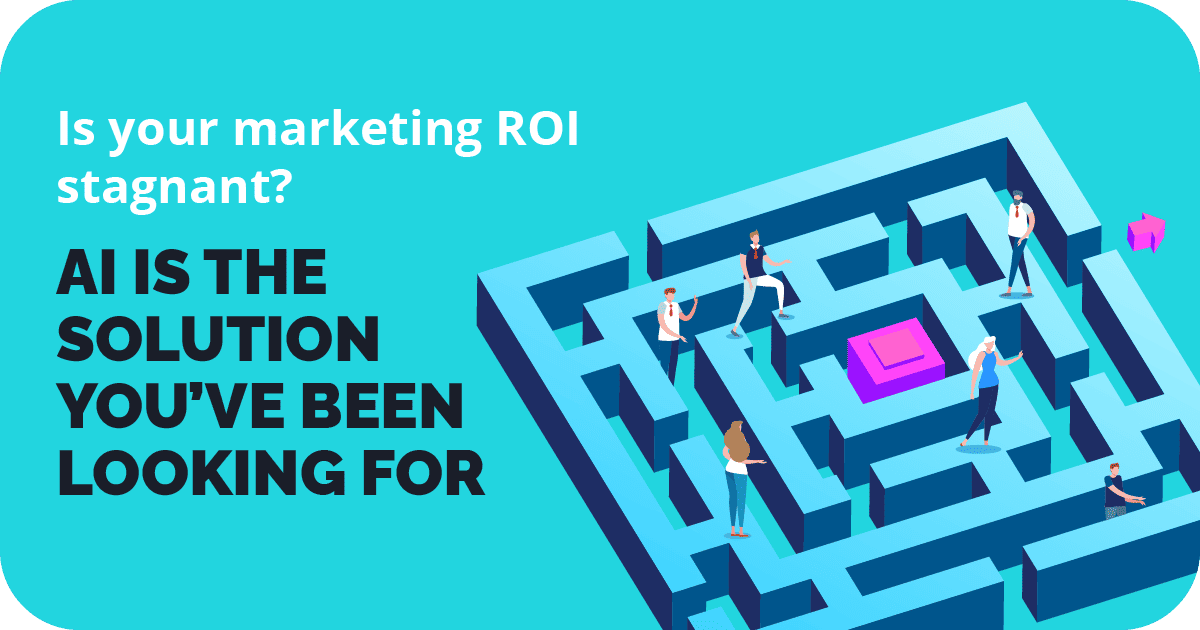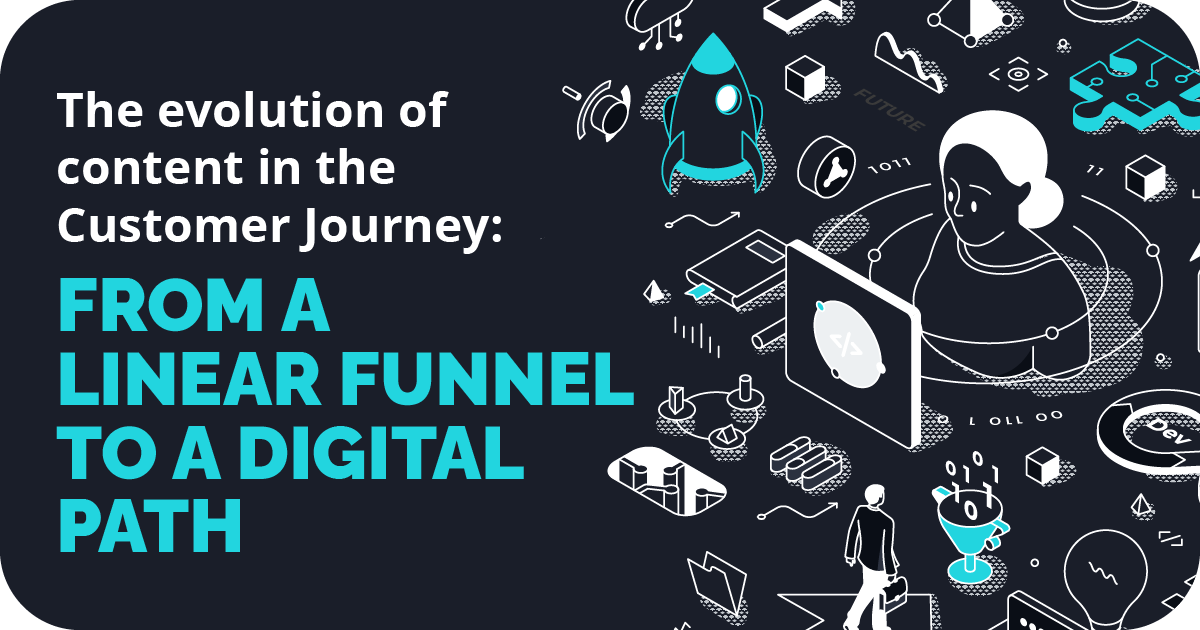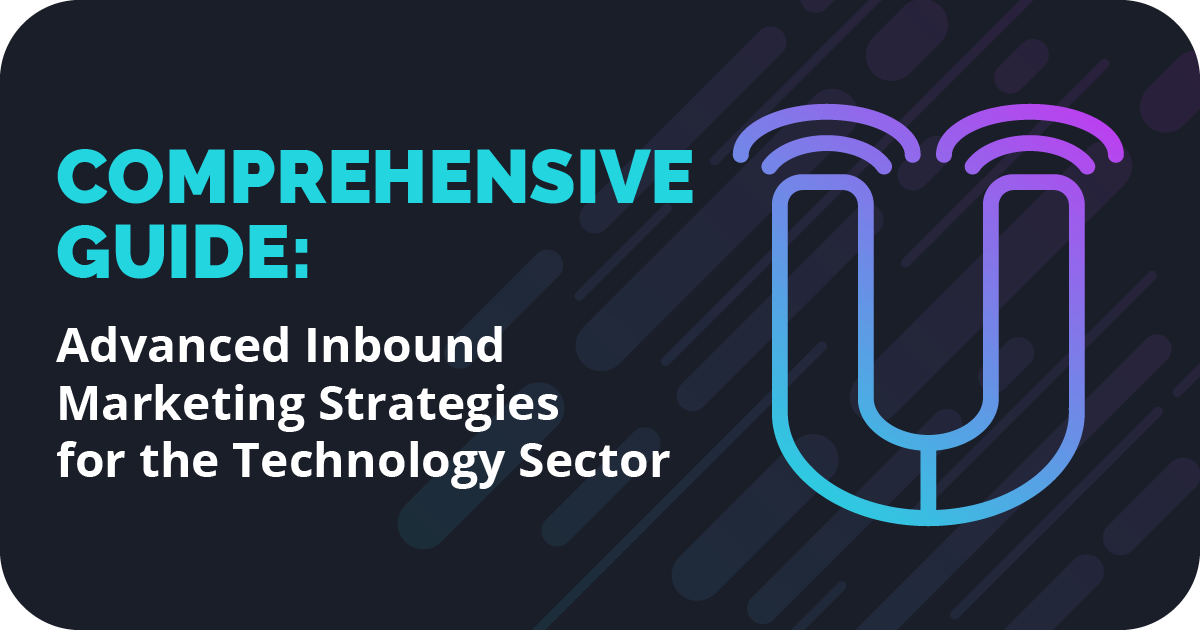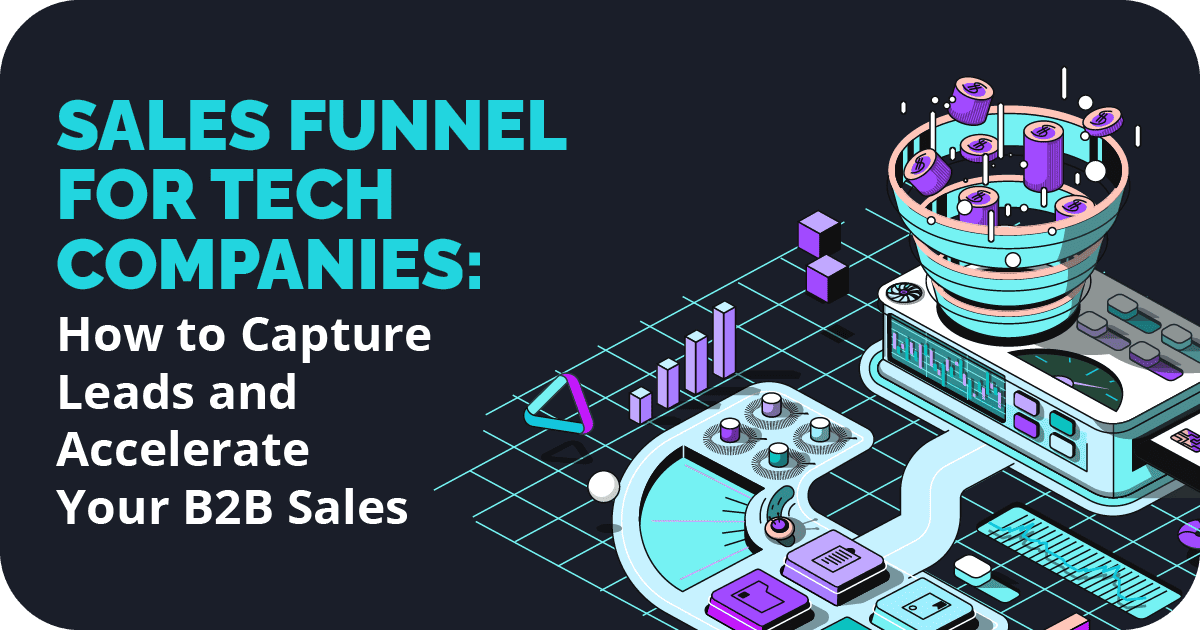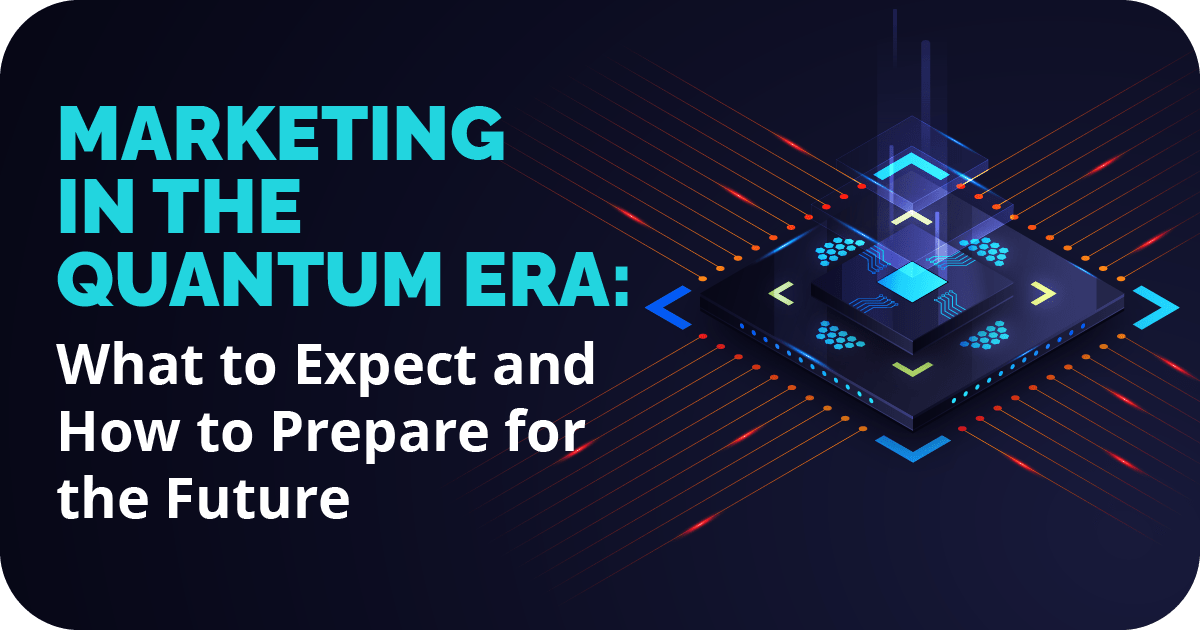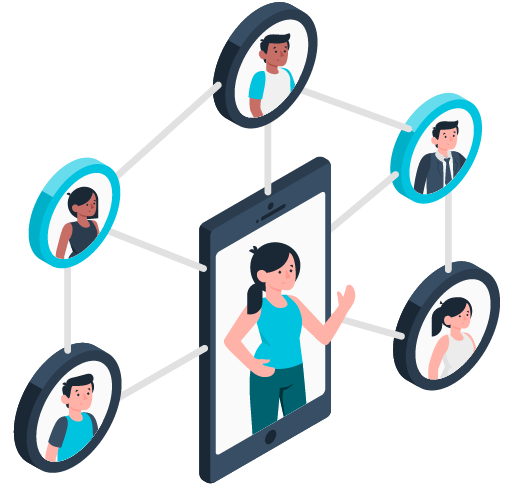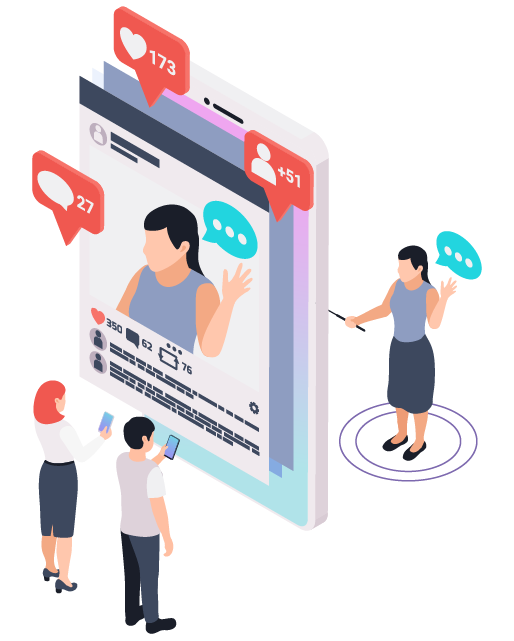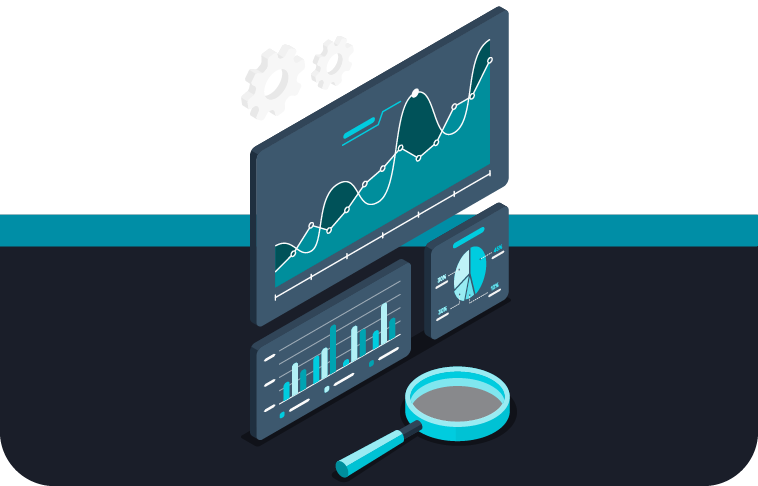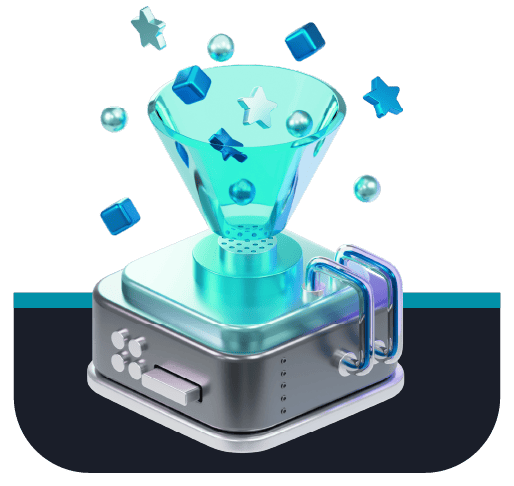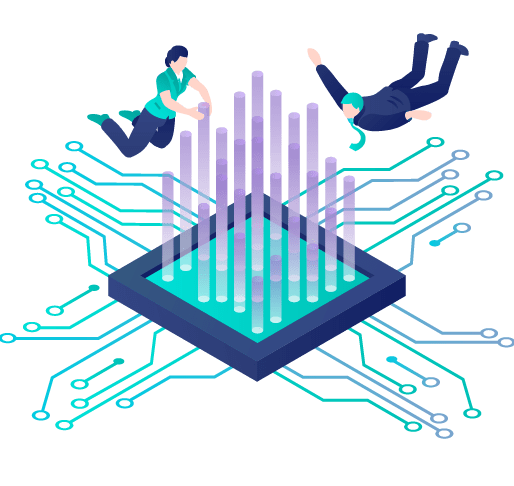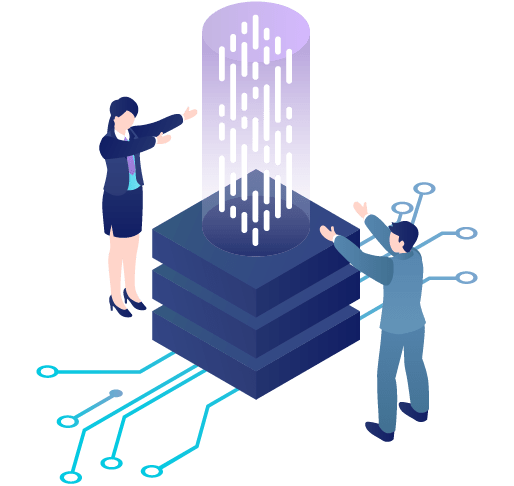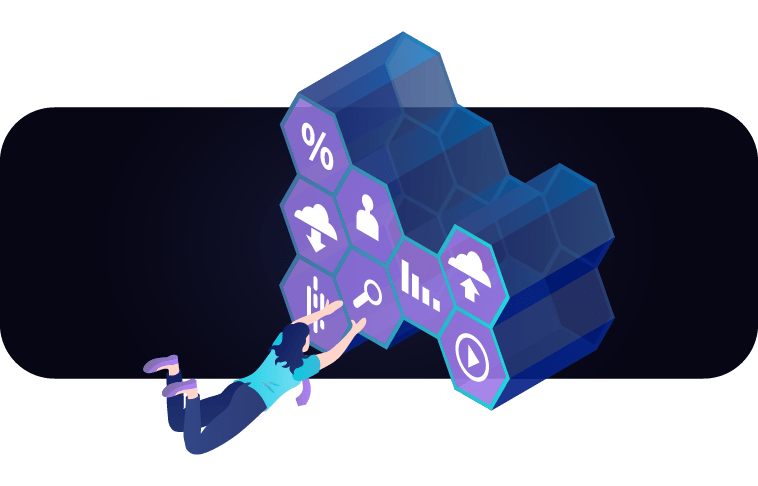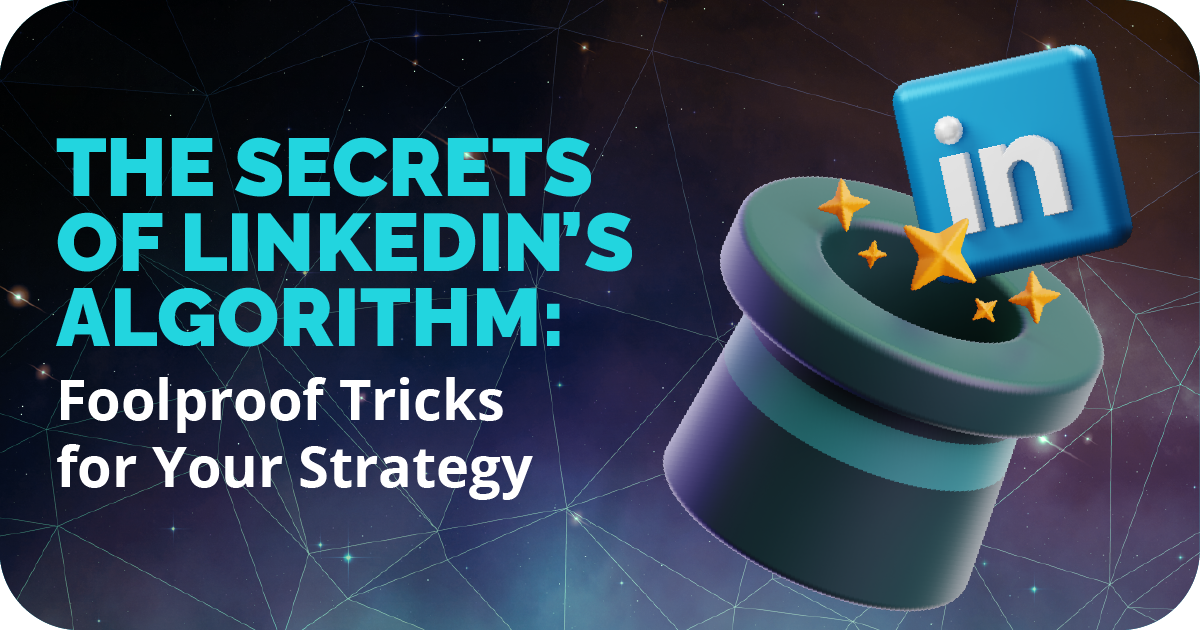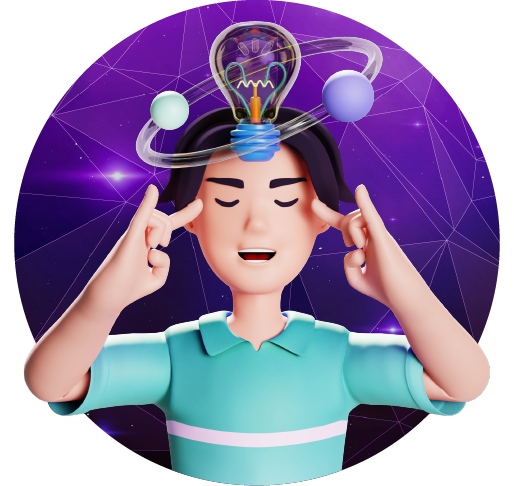-
 ISOURCE BLOG
ISOURCE BLOG
HubSpot in Action: Scale your B2B Marketing with CRM, AI, and Automation
Share
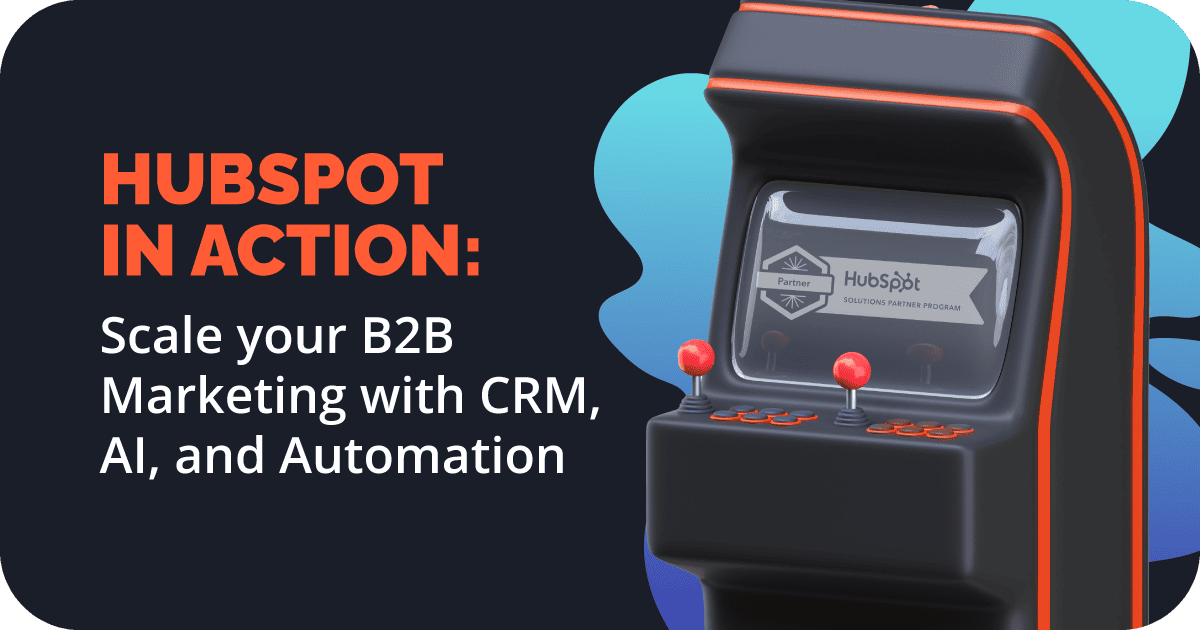
Is your marketing strategy still relying on assumptions, manual processes, and scattered data?
When opportunities are measured in clicks and seconds, lacking tools that provide full control, efficiency, and visibility doesn’t just slow you down—it costs you sales.
The reason is simple: traditional marketing is no longer enough. Personalization, real-time responsiveness, and the ability to process large volumes of data are now essential to drive profitability.
This is where artificial intelligence (AI) comes into play. In this blog, we’ll explore how AI is boosting marketing ROI, the key trends shaping the future, and the steps you can take to implement it effectively in your strategy.

Artificial Intelligence in Marketing: The Key to Higher ROI
Artificial intelligence in digital marketing is transforming how tech companies design, execute, and optimize their strategies. With its ability to automate workflows, analyze data in real time, and personalize every customer touchpoint, AI has become a critical ally for driving acquisition, conversion, and long-term loyalty.
By 2025, AI’s impact is no longer a futuristic projection—it’s a measurable and proven reality. This is backed by HubSpot’s recent report “Is AI Really Driving ROI for Marketing Teams in 2025?”, based on a survey of 700 marketing professionals across Latin America and Spain.
The numbers speak for themselves:
Say AI has improved their marketing ROI.
Report a direct increase in revenue due to AI implementation.
Have reduced operational costs through more efficient processes.
Have improved both content quality and team productivity.
For tech companies and startups, this represents a unique opportunity to accelerate execution and make smarter, data-driven decisions in real time. AI is no longer optional—it’s the new standard for scaling marketing results with intelligence.
Tech companies are leveraging AI across three key areas to boost profitability and optimize their marketing strategies.
1. AI for Automation and Operational Efficiency
AI-driven marketing automation is one of the fastest-growing areas. In fact, 49.2% of marketers already use chatbots and virtual assistants to enhance user experience and accelerate lead conversion.
Many platforms have integrated AI into their CRM systems to streamline processes such as:
- Automated audience segmentation for more precise targeting.
- Email and workflow automation to improve conversion rates.
- Virtual assistants that handle real-time inquiries and qualify prospects.
With tools like HubSpot Content Assistant and ChatSpot, marketing teams can generate SEO-optimized content, manage customer interactions, and launch campaigns—without manual intervention.
How Is AI Impacting Digital Marketing?

2. AI for Predictive Analysis and Campaign Optimization
In 2025, digital advertising is no longer about simply launching ads—it’s about analyzing real-time data to maximize ROI.
47.5% of marketers already use AI to predict customer behavior and adjust their campaigns across platforms like Google Ads, Meta, and LinkedIn.
With solutions like HubSpot Customer Journey Analytics, companies can:
- Forecast buying trends and tailor their strategies accordingly.
- Optimize ad spend in real time, maximizing every marketing dollar.
- Eliminate underperforming audiences to cut campaign costs.
The result? Greater efficiency, higher-quality leads, and stronger conversions.
3. AI-Powered Content Personalization in Digital Marketing
AI-generated content is another major trend gaining traction. 41.3% of marketers are already using AI tools to create tailored content for different audience segments.
But it’s not just about producing more—it’s about creating highly personalized content based on user behavior. With AI, you can:
- Generate SEO-optimized blog posts to drive organic traffic.
- Automate personalized ad copy and email sequences.
- Create AI-powered visual content, cutting down design and production costs.
Platforms like HubSpot AI Content Generator empower marketing teams to deliver high-impact content without sacrificing quality or strategy.
Challenges and Opportunities of AI in Marketing

While AI in marketing is having a positive impact on ROI, many companies still face implementation challenges.
According to HubSpot’s report:
- 50% of marketers are not leveraging AI’s full potential due to lack of training.
- 46.2% cite a shortage of technical knowledge as a barrier.
- 38.3% experience internal resistance to change.
Despite these challenges, the outlook is promising:
80.3% of marketing professionals plan to increase their use of AI in 2025.
So, what’s on the horizon?
- Real-time conversion optimization
- Hyper-segmented personalization at scale
- Advanced automation powered by AI agents
The strategic adoption of these technologies won’t just improve results—it will determine who leads and who gets left behind in the tech-driven market.
Integrating AI into your marketing strategy goes beyond task automation—it’s about delivering measurable, sustainable results. To achieve that, you must focus on tracking impact and optimizing in real time.
Define Your Key Metrics
Start by identifying clear indicators that help evaluate the ROI of your AI-driven initiatives:
- Conversion rate
- Customer acquisition cost (CAC)
- Customer lifetime value (CLTV)
These metrics reveal how effective your personalized and automated campaigns truly are.
Optimize Continuously
AI enables real-time optimization throughout your campaigns:
- Reallocate budgets toward high-performing channels.
- Personalize messages based on user behavior and intent.
Enhance segmentation using up-to-date and predictive data.
How to Implement AI in Your Strategy to Drive ROI

Companies Already Seeing Results
Increased conversions with AI-personalized ad campaigns.
Deloitte
Achieved a 74% boost in customer satisfaction.
Amazon
Scaled sales through dynamic recommendations and pricing.
Implementing AI strategically doesn’t have to be complex—with the right tools and a data-driven approach, it’s entirely achievable.

Key Takeaways
AI is no longer just a trend—it’s a strategic tool, unlocking new opportunities to improve marketing ROI.
Teams that implement AI effectively are seeing higher conversion rates, lower operational costs, and highly personalized campaigns.
If your ROI is stagnant, now you know how to reignite it through AI. This is the moment to evolve your strategy.

